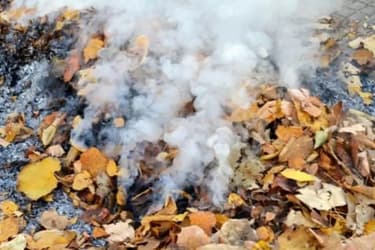Embibe Experts Solutions for Chapter: Coal and Petroleum, Exercise 1: Exercise
Embibe Experts Science Solutions for Exercise - Embibe Experts Solutions for Chapter: Coal and Petroleum, Exercise 1: Exercise
Attempt the free practice questions on Chapter 5: Coal and Petroleum, Exercise 1: Exercise with hints and solutions to strengthen your understanding. THINK ABOVE AND BEYOND SCIENCE PRACTICE BOOKS solutions are prepared by Experienced Embibe Experts.
Questions from Embibe Experts Solutions for Chapter: Coal and Petroleum, Exercise 1: Exercise with Hints & Solutions
Samyak was given two cases to identify the two fossil fuels
Case : Millions of years ago, algae and plants lived in shallow seas. After dying and sinking to the sea floor, the organic material mixed with other sediments and was buried. Over millions of years under high pressure and high temperature, the remains of these organisms transformed into fuel.
Case : Most of this fuel formed approximately million years ago from the remains of trees and other vegetation. These remains were trapped on the bottom of swamps, accumulating layer after layer and creating a dense material called peat. As this peat was buried more and more underground, the high temperatures and pressure transformed it into the renowned fuel.
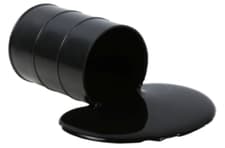
Help Samyak identify - which fuel formation is elaborated in both cases. On the basis of the cases given, explain why are these fuels termed as fossil fuels?
The teacher was explaining a science topic. Then she asked students to solve one question:

She gave a description as follows:
A black-coloured substance ‘X’ is hard and porous. It is a sedimentary deposit composed predominantly of carbon that is readily combustible. It is black or brownish-black and has a composition that (including inherent moisture) consists of more than by weight and more than by volume of carbonaceous material.
When it is burnt in the presence of air, it produces a gas ‘Y’ which turns lime water milky. Name ‘X’ and ‘Y’ and write the equations involved.

Petroleum, also known as crude oil or simply oil, is a yellowish-black liquid mixture of primarily hydrocarbons that occurs naturally in geological formations. Petroleum is a type of fossil fuel. Petroleum, like coal and natural gas, was formed from the remains of ancient marine organisms like plants, algae, and bacteria. Petroleum products are used to power vehicles, heat buildings, and generate electricity. The petrochemical industry in the industrial sector uses petroleum as a raw material to make products such as plastics, polyurethane, solvents, and hundreds of other intermediate and end-user goods.
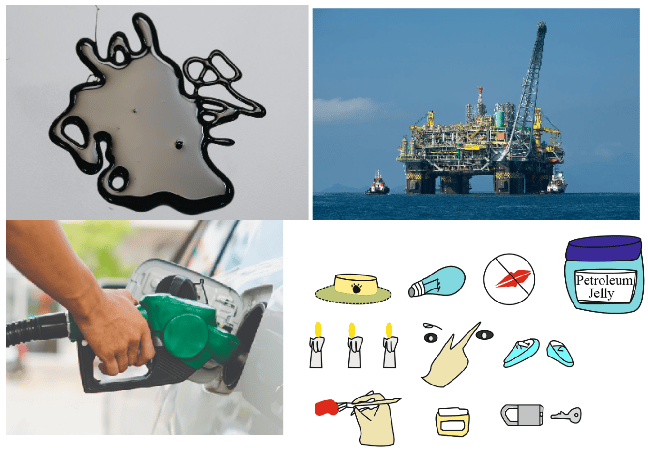
Is it possible to extract petroleum from under the sea bed?
Coal, natural gas, oil, and nuclear energy are examples of non-renewable energy resources. Once these resources are depleted, they cannot be replenished, which is a major issue for humanity because we rely on them to meet the majority of our energy needs. Another issue is that most forms of energy can pollute the environment. We must therefore use energy very wisely.

Answer the following question based on your understanding:
What are the advantages of using energy judiciously?
Coal and petroleum are formed as a result of the degradation of ancient plant life which lived millions of years ago. Coal can be used for cooking food and the generation of thermal electricity. But why is it not advisable to sleep in a closed room with a burning coal in the fireplace during winter?

A complex mixture X is a black-coloured fossil fuel that is as hard as stone. It is obtained through a process known as carbonisation. The main component of mixture X is known as the backbone of organic chemistry, and it also contains variable amounts of hydrogen, oxygen, nitrogen and sulphur. Mixture X is a significant source of energy in the generation of electrical power via steam generation. Mixture X is also used in the manufacturing of cement, medicines, tars, synthetic petroleum-based fuels, and residential and commercial heating.
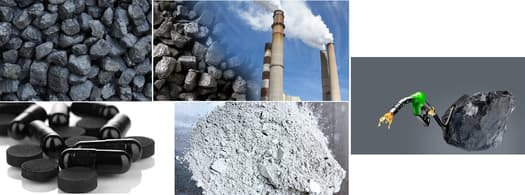
Answer the following questions based on your understanding of the above.
A.Give the name of the mixture X.
B. Write the name of the main component of mixture X.
C. Describe how mixture X is formed.
D. Identify the different types of mixtures X.
E. Name three useful products of mixture X.
Raju and his father were walking down a street. Raju observed that the construction workers making the road added some black substance to make the surface of road. Raju asked his father, if black paint was being added. They both continued walking and his father said that "I too don't know, but when I was young they were using a similar black substance, but it seemed a bit different."
Can you help Raju recognise the black chemical that his father mentioned as well as identify the substance that is currently utilised for road surfacing?
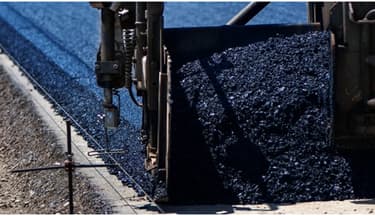

One day Samir saw his gardener collecting all the dry leaves in their garden and making a pile of it for it to burn. Samir went there and stopped him from doing so. He also educated his gardener about the adverse effects burning of dry leaves have on our environment. The gardener was satisfied and thanked Samir for giving this knowledge to him, he also promised that he would also tell his friends about the same so that our environment is not destroyed.
Why did Samir recommend against burning dry leaves? What can we do with the dry leaves instead of burning it?
